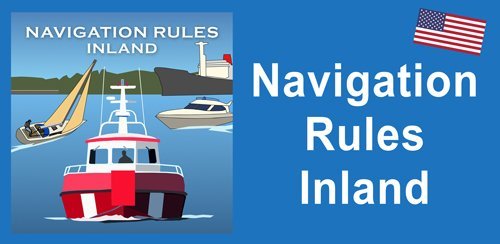Boat storage facilities are potentially hazardous environments and it is the responsibility of both boat owners and boatyards to ensure that the safety of those working on boats and those nearby are given top priority. Read on for some tips and guidelines to help keep you safe in the boatyard.
The most common boatyard accidents include people falling from ladders, tripping up over wet or uneven surfaces and equipment malfunction. It is a golden rule to always tie a ladder to the toe rail of a boat to stop it slipping sideways and falling to the ground.
Some boatyards may not allow certain work to be carried out on boats which they feel could put people at an unacceptable risk, particular those that might cause a fire hazard. Welding is an obvious example of work that might cause a fire hazard. For avoidance of doubt, it is always worth checking with your boatyard that the work you are planning to do is allowed in their yard. This also applies to any specialist contractors you may wish to appoint, who may be unfamiliar with the particular boat yard and will need to get permission from the yard to bring specialist equipment and vehicles.
Protective clothing
- Always wear non-slip shoes or boots when working on the deck of a vessel, even when it is stored ashore.
- Wear appropriate personal protection equipment for specific tasks including coveralls, gloves, eye protection and face masks as recommended.
Dust creation
Any operation that uses power sanders or grinders is like to release dust into the atmosphere. During operations that cause significant dust or debris, appropriate measures should be taken to contain the dust and debris by using vacuum extraction and/or the use of dust sheeting to tent off the area.
Sanding painted surfaces and GRP can be necessary during annual maintenance. It is important when carrying out such operations that consideration is given to containing the dust that may be produced in the process.
Antifouling removal
Antifoul is notoriously toxic. Dry sanding of antifoul should be avoided whenever possible. If this is unavoidable, only sanding tools with vacuum extraction should be used or the vessel should be appropriately sheeted in to contain dust. The debris should be sealed in bags and disposed of in hazardous waste bins.
- The preferred methods for the removal of antifoul are manual scraping or chemical removal, using ground sheets beneath the hull to collect the waste.
- Workers must use appropriate personal protective equipment including coveralls, gloves, eye protection and breathing masks.
Protection from antifouling paint
The preparation of existing anti-fouled surfaces should be carried out taking into account the toxic dust created.
- Existing anti-fouled surfaces should be prepared only by wet sanding.
- Follow the safety instructions on the antifouling paint tin.
- If antifouling is spilt on the ground this should be cleaned up. Dispose of empty paint tins and used masking tape in hazardous waste bins.
- Appropriate personal protective equipment should be used including eye protection, coveralls, gloves and face masks.
Shot/Sand blasting
Most boatyards only allow shot or sand blasting to be carried out by fully insured contractors, in areas fully sheeted in to contain waste material.
Engine work and servicing
When carrying work out on engines, care must be taken to avoid the spillage of fuels, oils or other lubricants into the bilges or onto the ground. If a spillage does occur it must be properly cleaned up.
- If there is a spillage of fuel or oil into the bilges, this must not be pumped out onto the ground and automatic bilge pumps must be switched off.
- Use absorbent rags to clean up fuel spills and dispose of them in sealed bags.
- Waste oil, oil filters and fuel must be suitably contained and removed from the site for appropriate disposal.
Finally, if in doubt don’t forget to ask your boatyard manager about the yard’s health and safety guidelines. It could well save you a trip to A&E.








